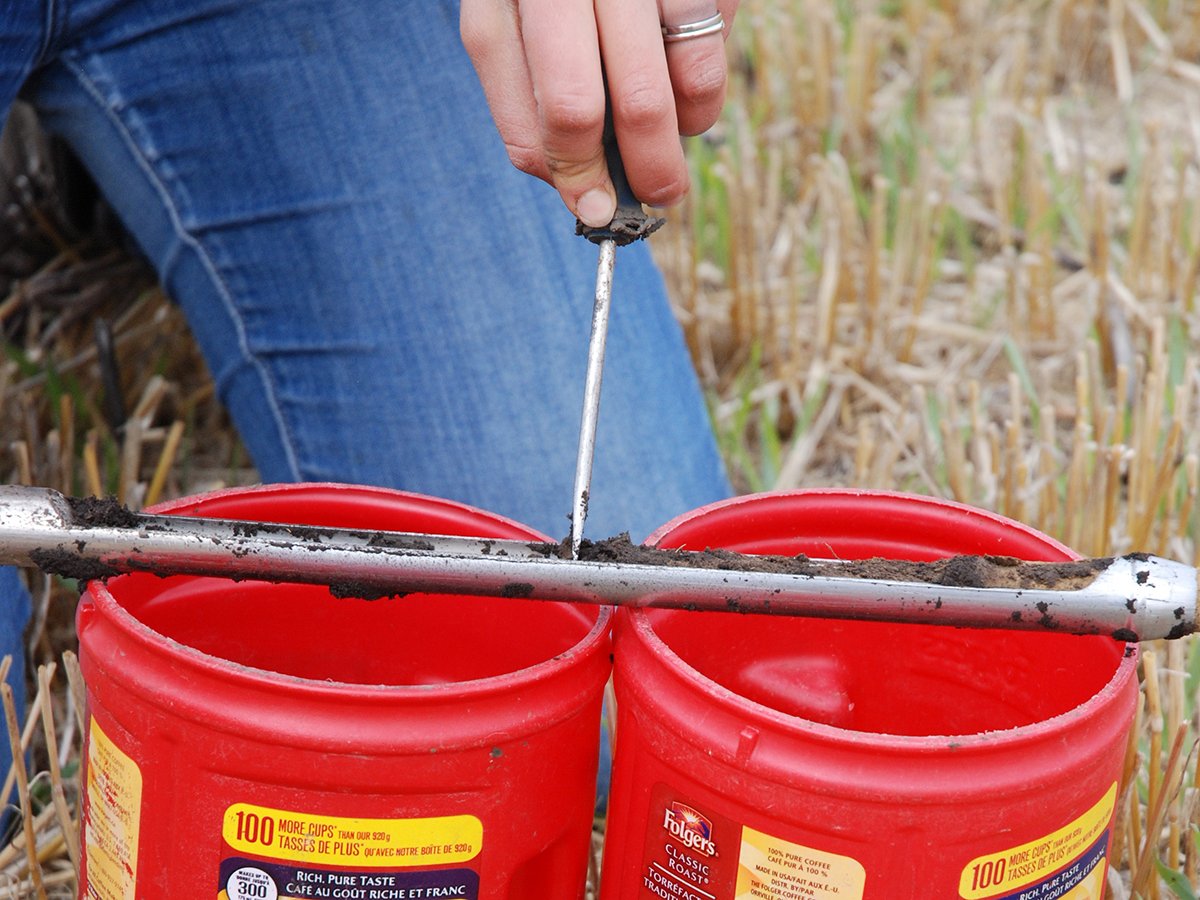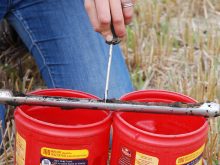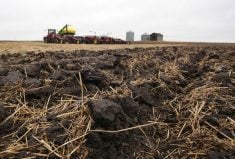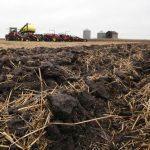DES MOINES, Iowa – A few years ago the relatively small midwestern American farms that grew corn and soybeans and raised hogs seemed old-fashioned.
Since the 1990s large companies built massive networks of large hog barns and took over much of the country’s swine production.
Thousands of family operations left the business, often blaming the giants like Smithfield Foods for making it impossible for them to compete.
But those comparatively small operations don’t look so bad now, said University of Missouri economist Glenn Grimes.
Read Also

Federal government supports soil health strategy
Sophie Beecher, director general at Agriculture Canada, said at a soil conference in Winnipeg that the feds support the idea of a national soil health strategy.
The big heavyweight hog production systems might become losers in the next few years if corn prices stay high, while small farms that produce their own corn should be fine.
“The producer who does not produce corn is probably going to have to go through some pretty stressed times,” said Grimes.
“I think it will be nearly impossible or impossible to increase (hog production) costs by $7 to $10 a hundredweight without having to downsize the herd.”
Industry-dominating companies like Smithfield Foods own huge numbers of sows, but produce little corn. When corn prices rise, their profit margin is squeezed.
But the average Iowa hog producer grows more corn than he can feed to his pigs, so not only is he able to afford to keep the pigs, he also profits by selling his excess feed grain.
Grimes thinks most hog producers will lose money in the next five years. It will take some time for margin compression to force producers out.
But when capacity is reduced, it probably won’t be the giant production systems like Smithfield, Grimes said. Even if those companies lose money and are forced out of the business, their production capacity will probably be picked up by other companies at 50 cents on the dollar and continue to produce pigs.
Even though small, mixed farms will suffer least because of pricey corn, that’s the sector that will probably have to reduce sow capacity to restore the herd to profitable levels.
Some producers are already talking about emptying their barns so they don’t have to feed their valuable corn to money-losing pigs, Grimes said. Others will simply not rebuild old facilities that wear out.
“If buildings are old or obsolete, or not located where they can be used by someone else, they’re likely to go,” said Grimes. “Most of the production response and reductions will have to come from the smaller producers.”
















